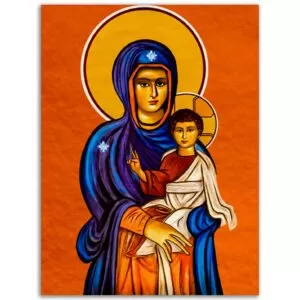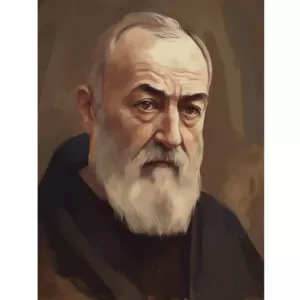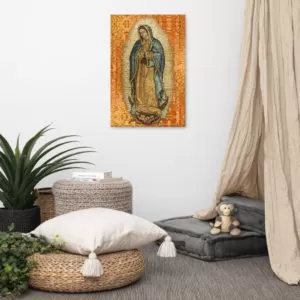Paragraph 1. JESUS AND ISRAEL

581
The
Jewish people and their spiritual leaders viewed Jesus as a rabbi.340
He often argued within the framework of rabbinical interpretation of the
Law.341 Yet Jesus could not help but offend the teachers of the Law,
for he was not content to propose his interpretation alongside theirs but
taught the people “as one who had authority, and not as their
scribes”.342 In Jesus, the same Word of God that had resounded on
Mount Sinai to give the written Law to Moses, made itself heard anew on the
Mount of the Beatitudes.343 Jesus did not abolish the Law but fulfilled
it by giving its ultimate interpretation in a divine way: “You have heard
that it was said to the men of old. . . But I say to you. . .”344
With this same divine authority, he disavowed certain human traditions of the
Pharisees that were “making void the word of God”.345
- SECTION TWO I. THE CREEDS
- CHAPTER TWO I BELIEVE IN JESUS CHRIST, THE ONLY SON OF GOD
- Article 4 “JESUS CHRIST SUFFERED UNDER PONTIUS PILATE, WAS CRUCIFIED, DIED AND WAS BURIED”
- Paragraph 1. JESUS AND ISRAEL
- Article 4 “JESUS CHRIST SUFFERED UNDER PONTIUS PILATE, WAS CRUCIFIED, DIED AND WAS BURIED”
- CHAPTER TWO I BELIEVE IN JESUS CHRIST, THE ONLY SON OF GOD
From The Catechism of the Catholic Church – rosary.team
Original Link: https://www.vatican.va/archive/ENG0015/__P1N.HTM
















